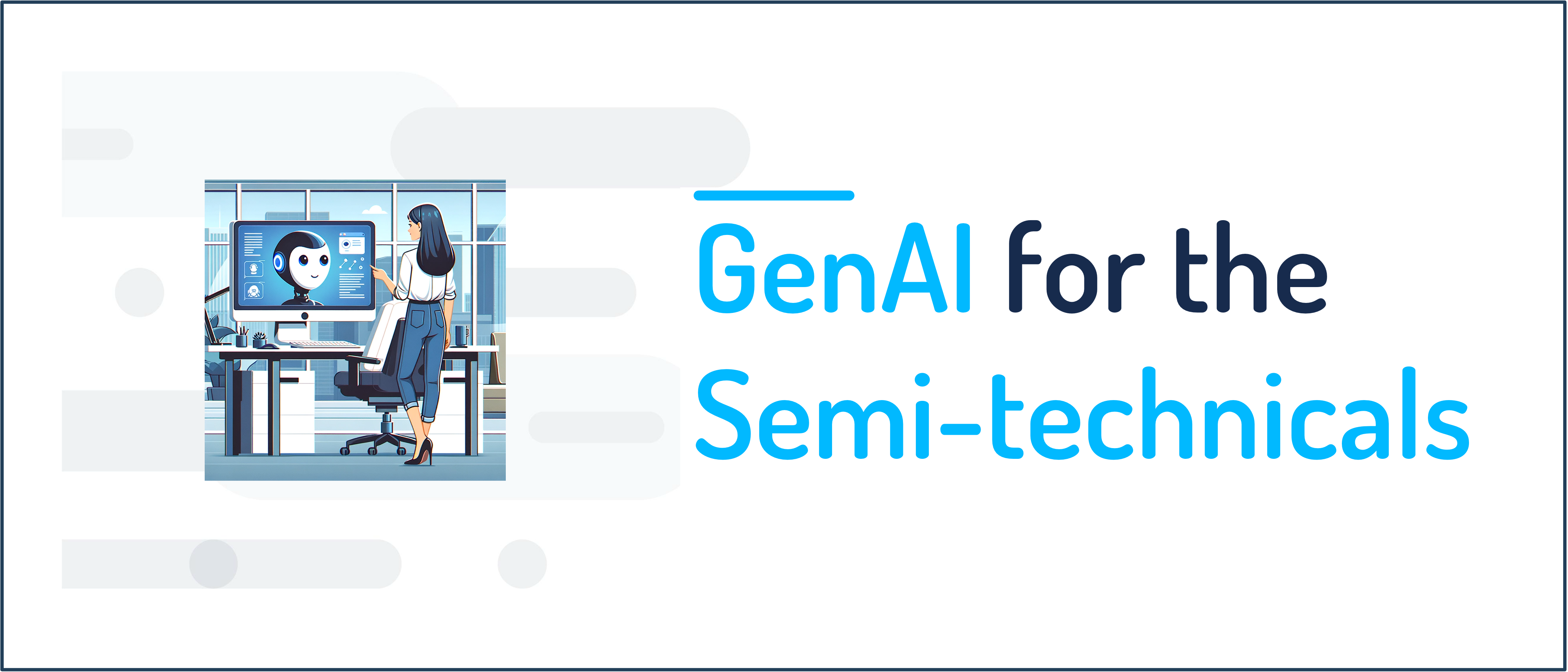
Introduction
This is Oli Haste, Head of Product EMEA at Propellant.digital, here to share some of the ways that I use GenAI in my day-to-day job. We use GenAI a lot, mainly to increase our productivity, but we’re also working on integrating this new technology into our product offerings.
I’d describe myself as “semi-technical”: I know how to filter a DataFrame in a Jupyter Python notebook, but not without Googling “csv to df stackoverflow” first. If you’re a product manager, project manager, scrum master, or one of the many roles that bring customers and developers together – and you want to learn about some practical GenAI uses – then this post might be for you.
Here’s some bitesized, real-world applications which I leverage every day and that I hope you can use, too.
1. Writing the first draft of code
At Propellant.digital we use SQL a lot (technically it’s GoogleSQL, but they’re very similar). Part of our core offering is to ingest thousands of files each day, normalise them, and then merge the data together, so you can imagine that we need to do a lot of joins.
Whenever I need to query data with anything beyond a SELECT *, I use GenAI to write the first draft. By prompting with table names, field names, and the basic outcome you need, you are usually given something that will either run straightaway, or at least after correcting some variable names.
Many data platforms and IDEs already have a GenAI integration, such as Duet AI in BigQuery or ChatGPT in Anaconda Cloud Notebooks, which save you time by avoiding the need to copy/paste code across windows or to provide extra context to your prompts.
I was concerned that I might put off enhancing my technical skills if I used GenAI to write even simple scripts that I could really do myself, but I’ve found that I’m introduced to new libraries and patterns that I wouldn’t have met otherwise.
2. Producing content (in this case, the title image)
Something that I use less often, but which our CEO Vincent Grandjean uses a lot, is training an AI to write in a particular style and then asking it to produce content. This is pretty simple to do, and there are plenty of existing articles on this process – see this one in particular by Jodie Cook that we’ve found helpful for using the right prompts to feed ChatGPT with examples of writing you want it to emulate.
Similar to writing the first draft of code, you’re probably not going to hit “send” without first doing some editing, but it’s always easier to start from editing a draft than from a blank screen.
3. Making meetings more fun
Bringing a bit of joy to your work shouldn’t be overlooked. The simple decorations you can use to liven-up a Figma board made one of our retrospective sessions far more entertaining and engaging than it would have been otherwise.
It’s simple, but asking your video-conference-tool(s)-of-choice to generate a background for you, e.g. something relevant to a regional holiday when speaking with colleagues abroad, is an easy way to keep the attention on a call and to enable a bit of creativity.
Conclusion
I was initially wary of whether GenAI was still a “solution looking for a problem” when I saw its integration first in Google Workspace tools, but I’ve found that you can think of it as a useful way of getting a “first pass” at something that you can then build on, either saving you time or helping you to get over writer’s block.
